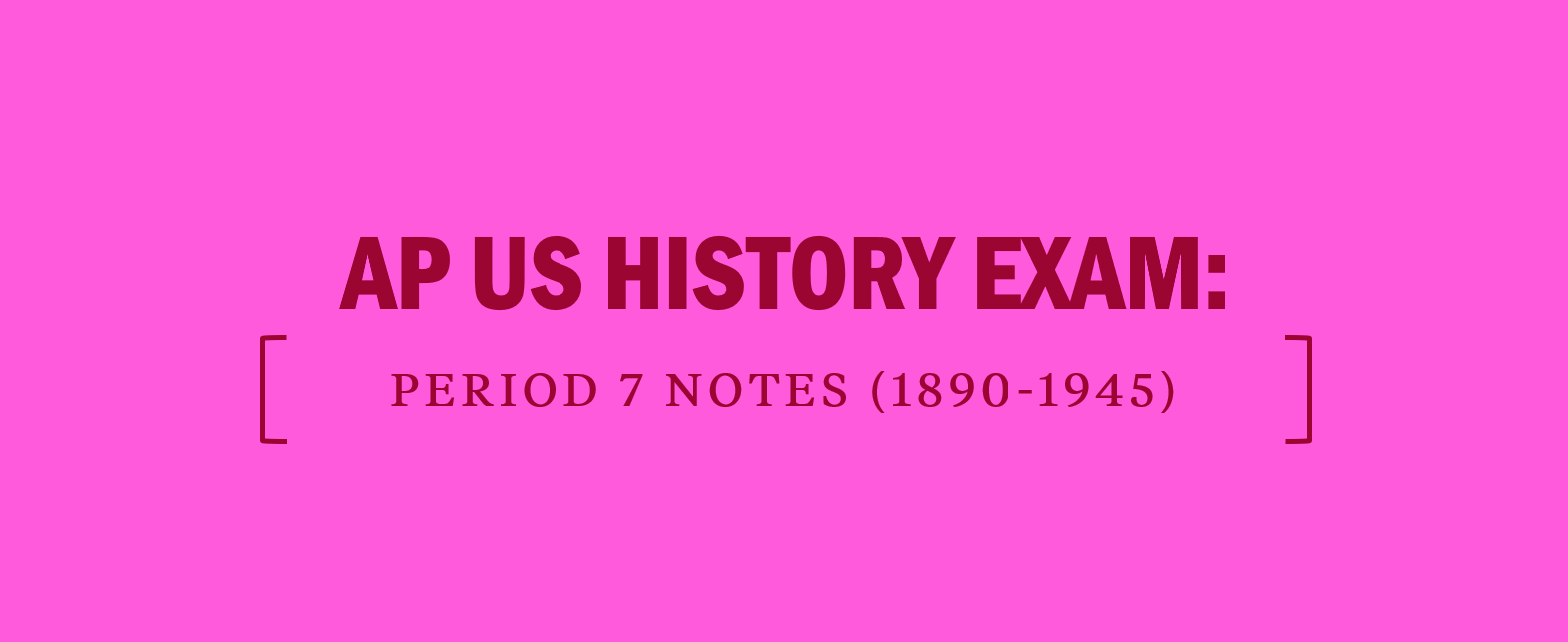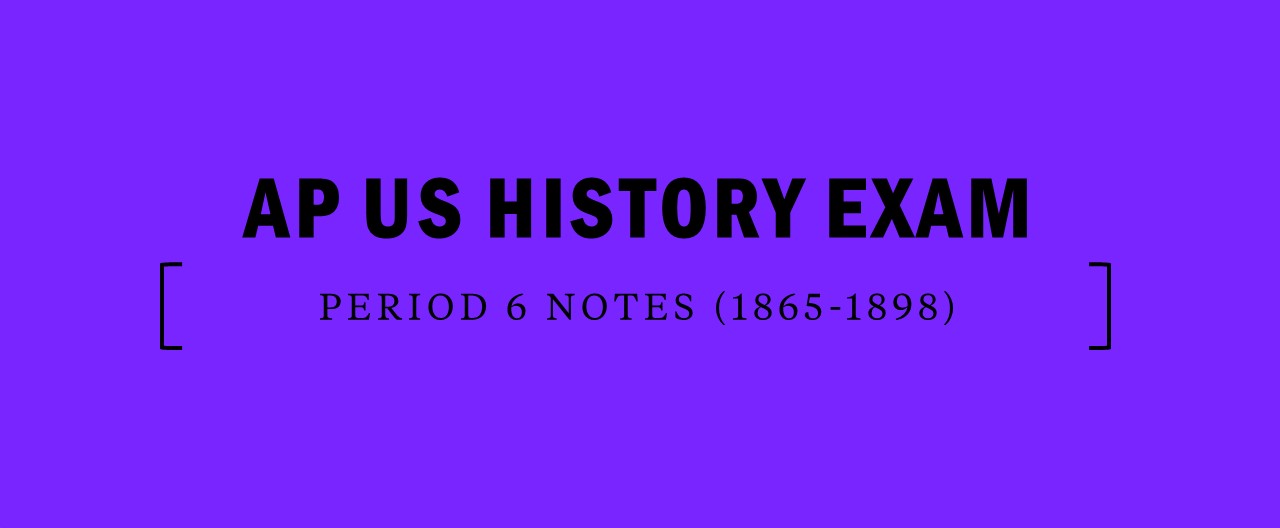How to Approach Document-Based AP U.S. History Questions
Question 1 in Section II of the AP US History Exam is the document-based question (DBQ). It will always include seven documents offering a variety of perspectives on a historical development or process that took place between the years 1754 and 1980. A high-scoring DBQ response will do the following.
- Thesis: Make a thesis or claim that responds to the prompt. The thesis or claim must be historically defensible and establish a line of reasoning.
- Context: Provide context relevant to the prompt by describing a broader historical development or process.
- Evidence: Use at least six of the provided documents to support an argument in response to the prompt.
- Additional Evidence: Use a historical example not found in the documents as evidence relevant to an argument about the prompt.
- Sourcing: Explain how the context or situation of at least three documents is relevant to an argument. This could address the relevance of the document’s point of view, purpose, historical situation, and/or audience.
- Complex Understanding: Demonstrate a nuanced understanding of an argument that responds to the prompt by using evidence to corroborate, qualify, or modify the argument.
While this may sound like a lot factors to keep in mind, the strategies below will help you plan your response in such a way to address all the scoring requirements.
AP US History DBQ Strategy
Consider the following special strategies for the DBQ. Scoring requirements are highlighted in bold
During Step 1: Analyze the Prompt
- Use the 15-minute reading period to read the documents and organize them into groups for analysis.
- Feel free to write notes in the test booklet and underline important words in both the source line and the document itself. Nothing in the booklet is read as part of the essay scoring.
- Assume that each document provides only a snapshot of the topic—just one perspective.
- For each document, jot down brief notes to solidify your understanding of the document. The notes will also help you quickly review the documents when you make your plan and write your essay. Take short notes about: the main idea(s) of the source, the purpose of the source (why it was written), and the background of the author and/or the context in which the source was created. Thinking about these factors will help you address the DQB requirements.
- Reread the prompt, thinking about how each of the documents relates to the prompt. Group the documents by their similarities: perhaps they present two or more major viewpoints or can be grouped according to two or more types of changes.
- If the 15-minute reading period has passed and you need a few more minutes to review the documents and organize your thoughts, go ahead! The 15 minutes is a suggested amount of time. That said, you will want to give yourself as much time as possible to write a thoughtful response.
During Step 2: Plan Your Response
- Making a careful plan can help you make sure you address all the scoring requirements.
- Paraphrase your thesis statement. Knowing your claim will make it easier for you to plan an effective argument in your essay. In light of the documents, you must make a claim and/or demonstrate a line of reasoning that responds to the prompt. Avoid statements that are vague or general (“The Vietnam War was very significant”) and make a claim that responds to the prompt, uses both the documents and your historical knowledge, and sets up the rest of your essay (“The Vietnam War impacted Americans’ perceptions of the U.S. role in international politics, the power of the federal government, and the status of young people, influencing legal and social changes in American society”).
- Be sure your thesis or overall plan incorporates a complex understanding. You need to demonstrate that you have more than just a basic understanding of the content, so your thesis or overall essay should address complexity in the historical development—perhaps by including multiple variables, by considering both causes and effects, or by making an insightful connection to another time period. See below for a complete list of ways to demonstrate complex understanding.
- Make a note about how you will provide context for the topic of the prompt. This may fit well in the introduction or first body paragraph.
- Make a simple outline of your body paragraphs; there will likely be one paragraph for each point you made in your thesis. (For instance, in the above example, there would be a paragraph each about impacts on international politics, the federal government, and the status of young people.) For each paragraph, consider these scoring requirements:
- List the documents you will use as evidence—remember that you must use six or seven to earn the maximum number of points for using the documents.
- Consider whether the paragraph is a good place to provide additional evidence—you must include one additional historical example.
- Think about when it would be beneficial to explain sourcing, or how a document’s context or situation is relevant to the argument—you must do so for three documents.
- Finally, review your plan and check off each requirement in your test booklet to ensure you addressed all six.
During Step 3: Action! Write Your Response
- Nothing is more important in the first paragraph than the clear statement of an analytical thesis. The reader is most interested in seeing a strong thesis as soon as possible.
- Your thesis can be more than just one sentence. With the compound questions often asked by the DBQ, two sentences might be needed to complete the idea.
- Refer to the authors of the documents, not just the document numbers.
- A good idea is to write a concluding paragraph that might extend your original thesis. Think of a way to restate your thesis, adding information from your analysis of the documents.
During Step 4: Proofread
- Skim for any glaring errors and, if you have time, check again to make sure your response meets each of the DBQ requirements.
Be prepared to demonstrate complex understandingAP Expert Note
The AP exam asks you to analyze sources and develop arguments in a sophisticated way. Demonstrating your complex understanding of the topic at hand is crucial to your success, and here are some ways you can do so.
NEXT: AP US History DBQ Example





